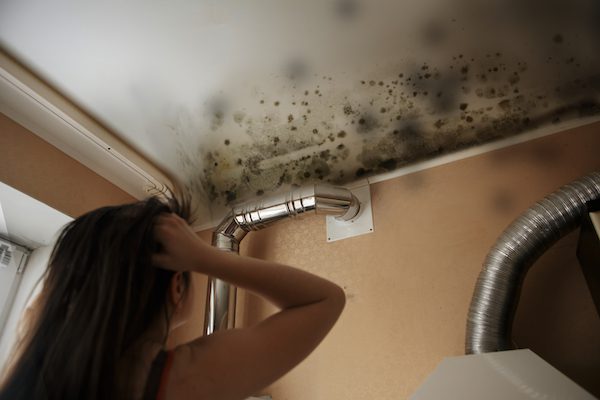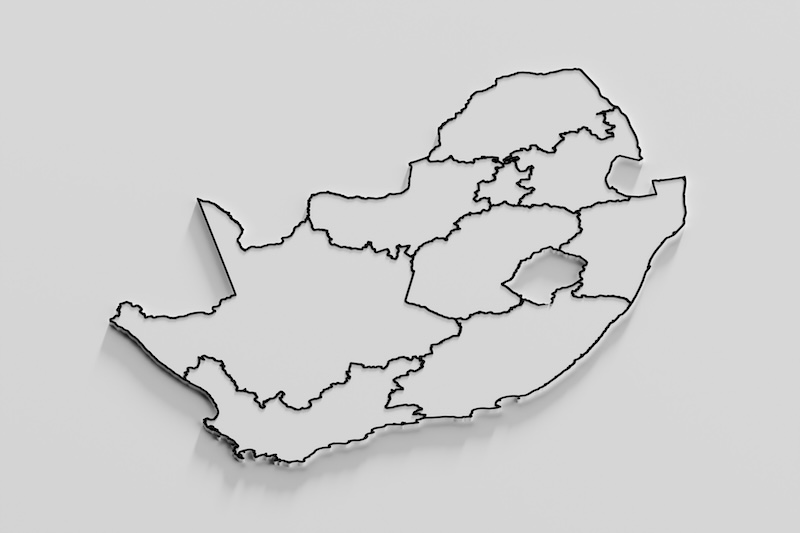When does condensation occur?
Condensation occurs when warm moisture laden air comes into direct contact with a cold surface.
Compared to rising damp and penetrating damp, condensation is more prominent in the colder months of the year. Condensation can easily be addressed before too much damage has been caused.
In comparison, other forms of damp will take time and often an expert to diagnose correctly which often lead to a greater costs.
What are the signs of condensation?
One of the most common signs of condensation is black mould or mildew which can occur on ceilings, walls and other surfaces.
Most common places for you to see it is in the bathroom and kitchens walls and ceilings, cupboards and windows, window sills, behind wall paper and furniture etc..
This compared to rising, lateral and penetrating damp, where you will generally find the paint bubbling, flaking and / or efflorescence.
Since Condensation occurs when warm moisture laden air comes into contact with something that is colder than itself. It is often caused from people carrying out everyday activities. Examples are warm showers, cooking, boiling a kettle, use of heaters in winter or drying clothes inside the house.
How do I stop condensation?
A lack of ventilation is the biggest contributor to condensation. Just allowing good ventilation in your space will assist in preventing it from occurring in the first place.
What must I do next?
Deal with mould / mildew growth properly prior to painting. Comprehensively clean affected surfaces with a mild chlorine bleach solution before repainting. Repaint surfaces that would normally have to handle a lot of steam and humidity with specialist paints such as bathroom / kitchen paints.
If that doesn’t fully solve the problem it may be time for some expert advise. Feel free to get in touch with any of our Dampcon representatives for friendly advice. You can reach us via our website: Commercial / Industrial Solutions – dampcon.com or Residential Solutions – dampcon.co.za





